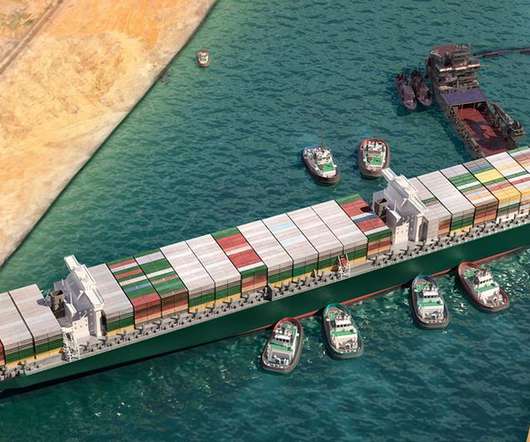The History of the Shipping Container
Freightos
APRIL 24, 2016
It has radically transformed supply chains, fundamentally changed domestic and international economies across the world, and changed societies in the process – all the while driving trillions dollars in annual trade. Break-bulk loaded cargo was poorly secured required a Tetris-like approach to handle diverse sizes of packages.
















Let's personalize your content